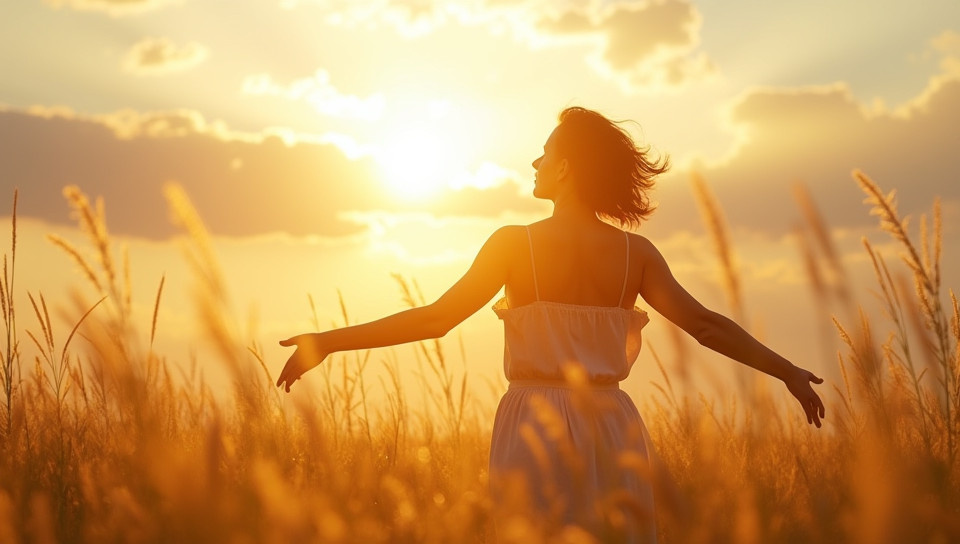Going out in the sun gets vitamin D 67%

The Sunshine Vitamin: Why Going Out in the Sun is Good for You
As we navigate our busy lives, it's easy to get caught up in the hustle and bustle of daily routines. But one thing that's often overlooked is the importance of spending time outdoors. While many of us might associate the sun with sunburns and skin damage, there's a more positive side to sunlight: vitamin D.
What is Vitamin D?
Vitamin D is an essential nutrient that plays a crucial role in maintaining strong bones, immune function, and overall health. It's often referred to as the "sunshine vitamin" because our bodies produce it when exposed to ultraviolet B (UVB) rays from the sun. However, with increasing concerns about skin cancer and sun damage, many of us are left wondering how much time is safe to spend outdoors.
The Benefits of Vitamin D
Vitamin D deficiency has been linked to a range of health problems, including osteoporosis, diabetes, and certain types of cancer. On the other hand, sufficient levels of vitamin D have been shown to: - Improve mood and reduce symptoms of depression - Support bone health and reduce the risk of fractures - Boost immune function and reduce the risk of illness - Even help regulate blood pressure
How Much Sunlight Do We Need?
The amount of time needed to produce adequate amounts of vitamin D varies depending on several factors, including skin tone, age, and location. Generally speaking, spending 10-15 minutes outdoors between 10am and 4pm, when the sun's rays are strongest, can provide sufficient levels of UVB exposure.
Tips for Safe Sun Exposure
While some sunlight is essential for vitamin D production, it's still important to take precautions to avoid skin damage. Here are a few tips: - Wear protective clothing, including hats and sunglasses - Apply sunscreen with at least SPF 30 before heading outside - Seek shade when the sun is strongest (between 10am and 4pm) - Don't rely solely on tanning beds or artificial sources of UVB
Conclusion
Spending time outdoors may seem like a luxury in today's fast-paced world, but it's essential for maintaining healthy levels of vitamin D. By being mindful of our sun exposure and taking simple precautions to protect our skin, we can reap the benefits of sunlight while minimizing its risks. So next time you're tempted to spend the day indoors, remember: getting outside is good for more than just your mood – it's also essential for your health.
- Created by: Jerren Gan
- Created at: Oct. 14, 2024, 12:19 a.m.
- ID: 12572







